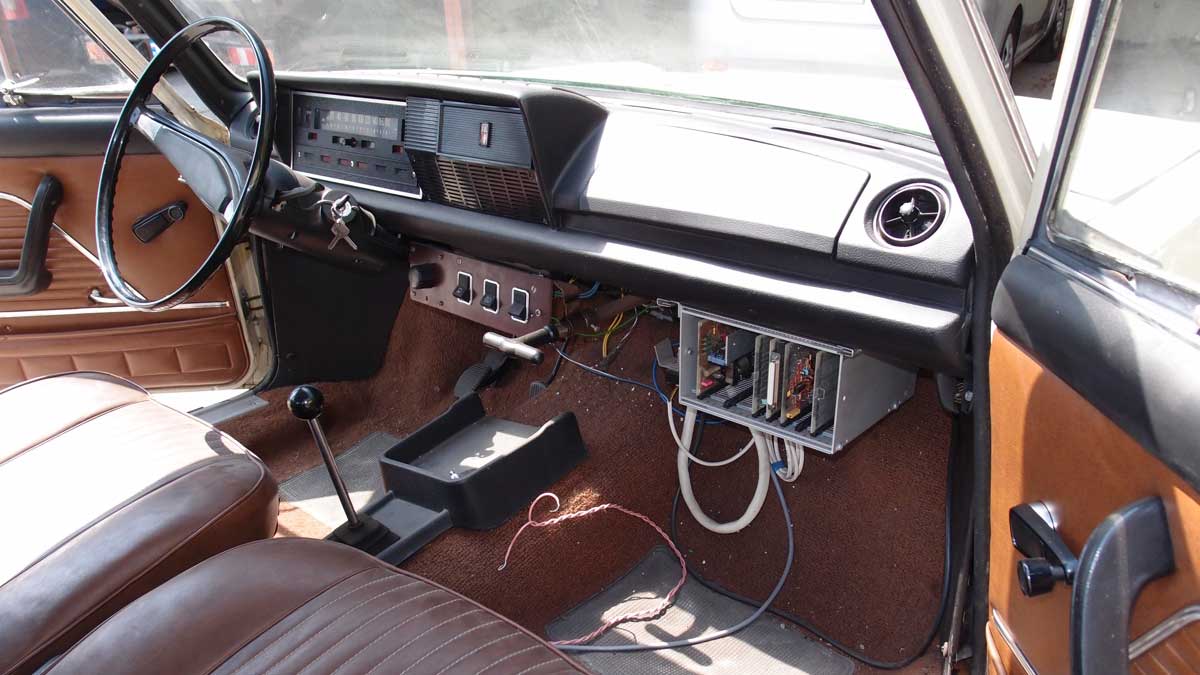Electric vehicles have a long and illustrious history spanning several centuries. Poland was also working on electric vehicles. The electric Fiat 125p was one of them. Created in 1977, the car could travel 100 kilometres and accelerate to a speed of 80 km/h.
In 1977, the Electrotechnical Institute in Warsaw created the electric Fiat 125p. Eugeniusz Popławski, a professor and habilitated doctor, engineer, led the team, which also included Tadeusz Wojtkowiak, a technician-electrician, and Władysław Podgórski, a mechanic.
The automobile was further developed at Kielce University of Technology starting in 1991, when various advancements were made, including:
- A new 33kW inverter with IGBT transistors replaced the three-phase McMurray thyristor inverter.
- The recuperative braking mode, which returns the vehicle’s kinetic energy to the battery, was introduced.
- Analog control logic has been replaced by digital control logic.
Employees from Kielce University of Technology were involved in the project under the direction of professor, habilitated doctor, engineer Eugeniusz Popławski. They were: habilitated doctor, engineer Sławomir Karyś, habilitated doctor, engineer Grzegorz Radomski, and technician Andrzej Dębosz.

The electric Fiat 125p has now found its way to the National Museum of Technology, according to Professor Sławomir Karyś, the Faculty of Electrical Engineering, Automatics, and Computer Science. Professor Sławomir Karyś mentioned about it in an interview with AutoElectroMoto.pl.
“An asynchronous motor with a rated output of 13 kW and batteries with a voltage of 96 V were used in the automobile,” Karaś says.
“The automobile included a unique 300-amp switch that linked the batteries. Everything functioned gearless in it, straight from the electric motor, so the gearbox was essentially a dummy.
“The vehicle’s lone gear was fitted at the back axle. The car’s control system was based on distributed TTL and PLD systems rather than a processor. The car’s top speed is expected to be approximately 80 km/h. The brakes were the most serious issue. If the hydraulic portion of a car is functional, the power steering will work as well.
“You really had to slam the brake into the floor to brake with this weight since there was no power transmission to the hydraulic portion. I’d like to remind you that each battery weighed around 40 kilos, and there were eight of them. This adds a quarter ton of weight to the trunk. It was tough to stop at a distance of 30 meters at a speed of 50 km/h.”
The Electric Fiat 125p – how was it built?
The following are the primary components of the driving system:
- A 13kW three-phase induction motor with a frequency of 50Hz located at the front of the vehicle
- Traction battery with a rated voltage of 96V, consisting of 8 lead-acid batteries at 12V and a capacity of 120Ah, located in the trunk
- Three-phase voltage inverter with controls located under the front hatch
This is an English language version of an article first published on Autoelectricmoto. Republished with permission.

